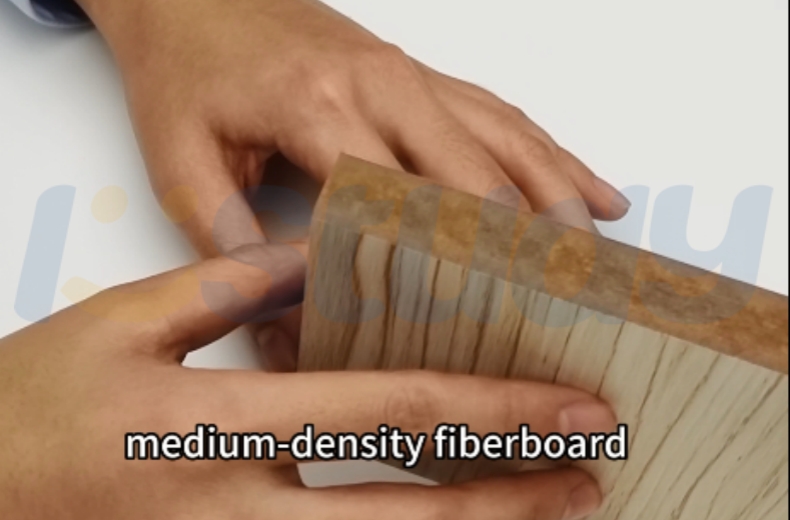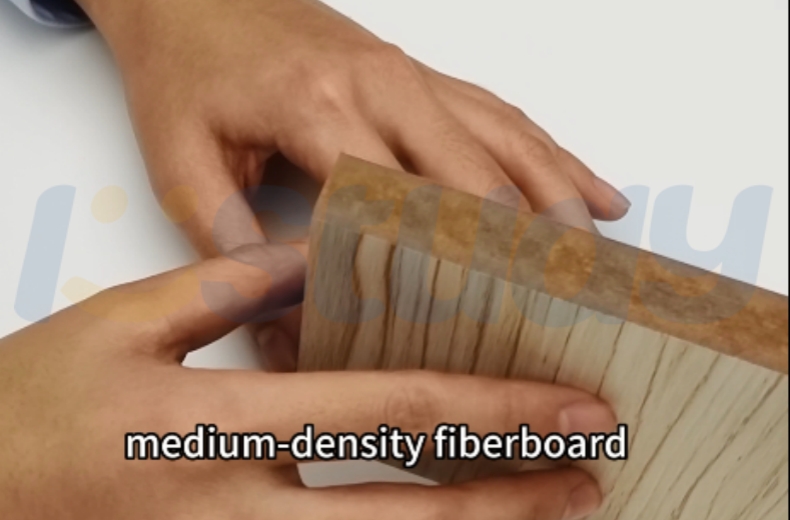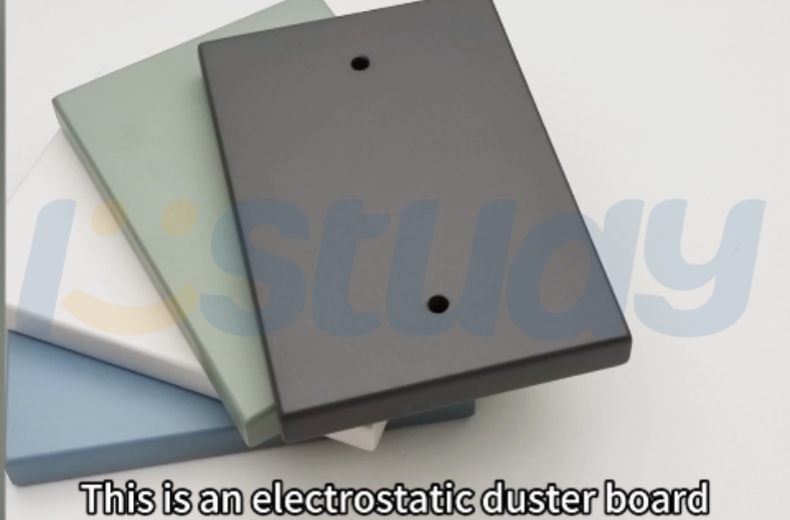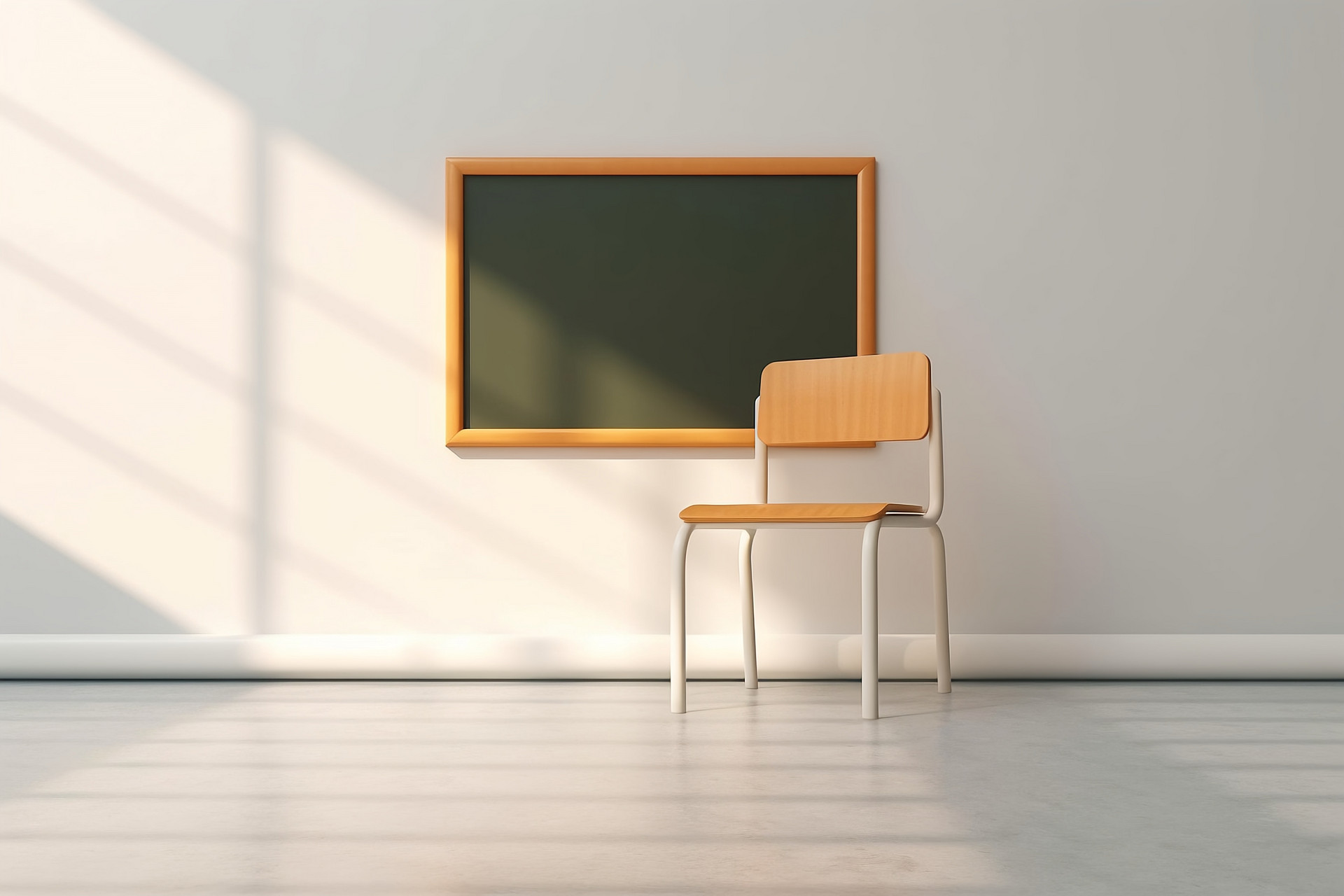Istudy company Introducing you to the School Furniture Encyclopedia - Plate Article (Phase 1), taking you to understand different types of plates in detail.
Taking you on a journey through the School Furniture Encyclopedia, Istudy company will explore the Plate Article in detail, focusing on different types of plates used in School furniture construction.
The Plate Article provides comprehensive information about plates, which are crucial components in School furniture manufacturing. Plates are flat, rectangular pieces of material that are used to join various parts of School furniture together. They provide support and stability to the overall structure. Plates can be made from different materials, such as wood, metal, or plastic, depending on the specific requirements of the furniture piece.

Let's begin with wooden plates.These are commonly used in School furniture construction due to their strength, durability, and aesthetic appeal. Wooden plates are typically made from solid wood or plywood and can be further reinforced with metal brackets or screws for added stability. They are versatile and can be easily shaped or cut to fit specific furniture designs.
Moving on to metal plates, which are also widely used in School furniture construction. They are typically made from steel or aluminum and are known for their strength and durability. Metal plates are commonly used in heavy-duty School furniture pieces or areas where extra support is needed. They can be attached to other School furniture components using screws, bolts, or welding techniques.

Plastic plates are another type worth mentioning. They are lightweight and cost-effective alternatives to wooden or metal plates. Plastic plates are commonly made from materials like high-density polyethylene (HDPE) or polypropylene (PP). They offer resistance to moisture, chemicals, and impact. Plastic plates are often used in outdoor School furniture or areas where moisture resistance is crucial. They can be easily molded or shaped to fit specific School furniture designs and are available in a variety of colors.
Apart from the material used, plates can also vary in size and shape. Common shapes include rectangular, square, circular, or irregular shapes, depending on the specific requirements of the School furniture piece. The size of the plate will depend on the dimensions of the School furniture and the level of support needed.

When selecting plates for School furniture construction, it is important to consider factors such as weight-bearing capacity, material durability, and overall design requirements. Proper installation and reinforcement are essential to ensure the stability and longevity of the School furniture piece.
To summarize, plates are essential components in School furniture construction, providing support and stability to the overall structure. They can be made from various materials, including wood, metal, or plastic, each offering its own advantages and characteristics.By understanding the different types of plates and their specific uses, you can make informed decisions when designing or selecting School furniture pieces.

